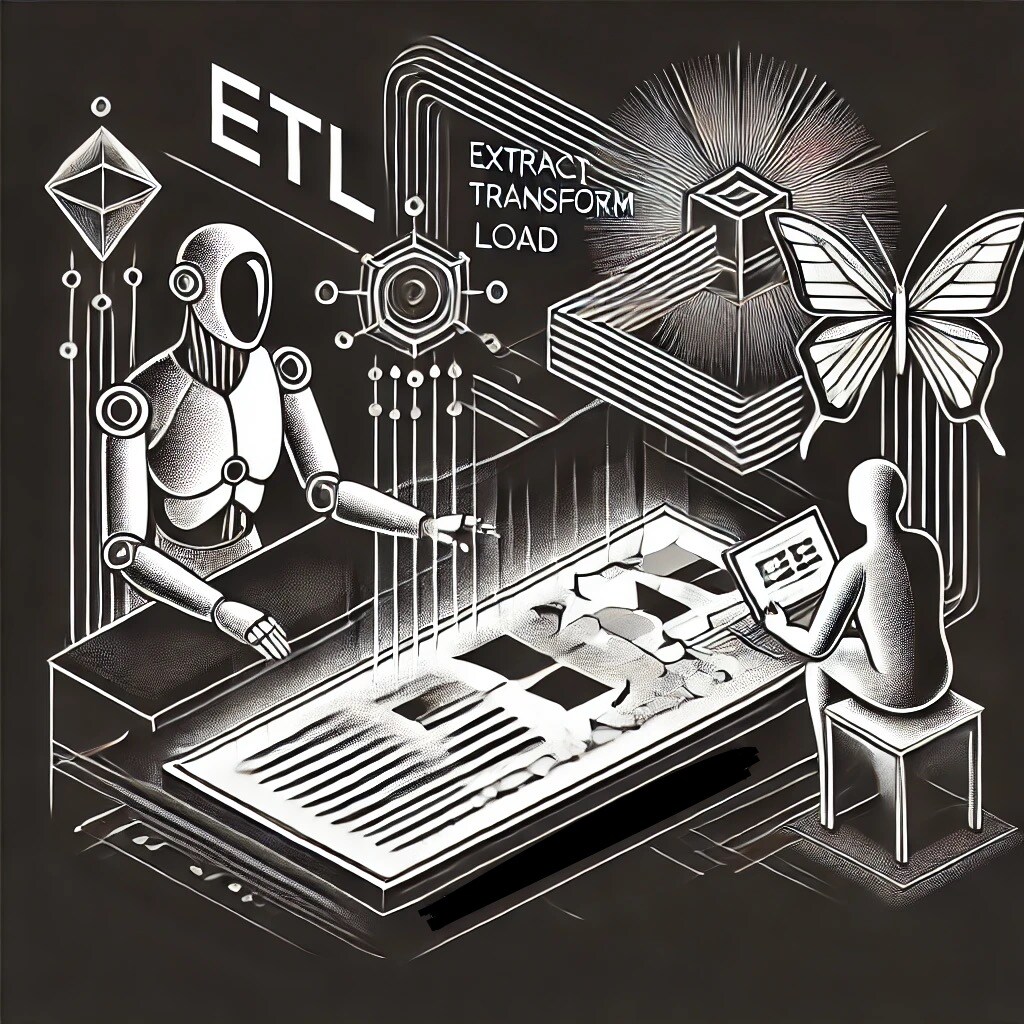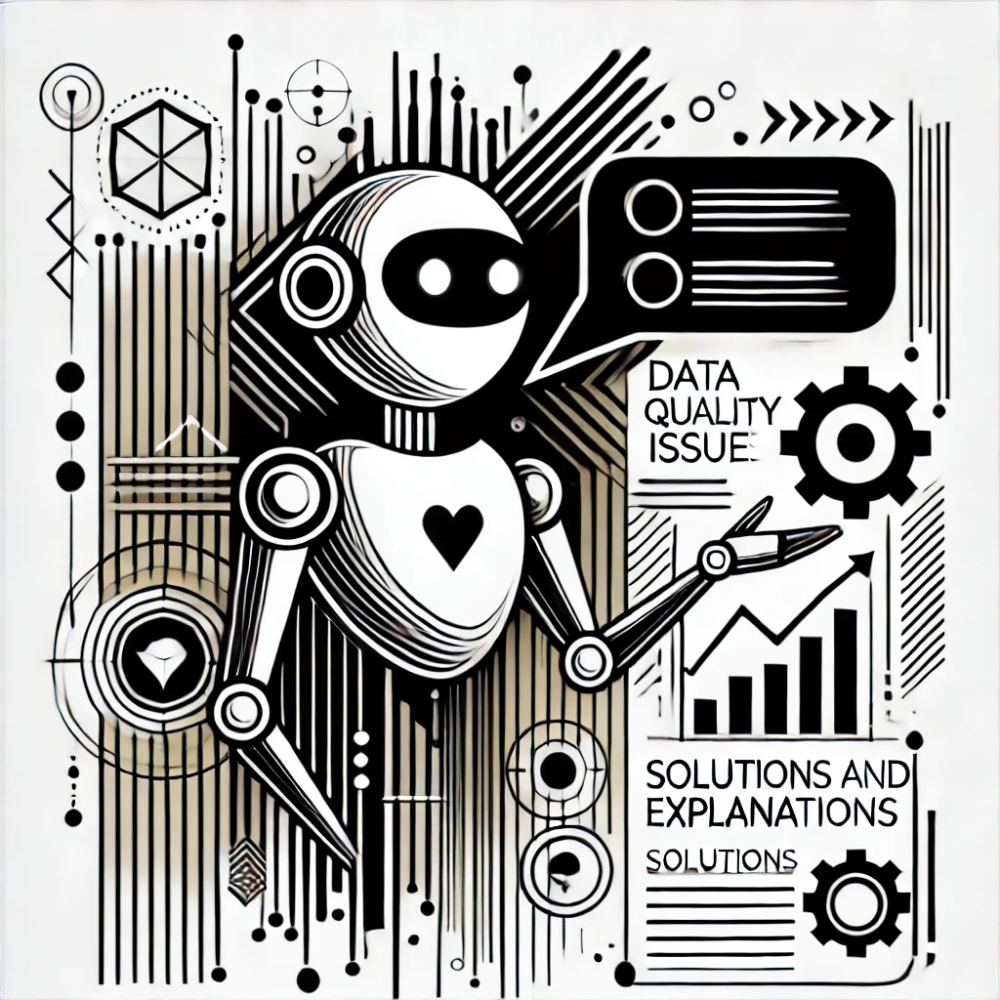Mastering the Machine: Key Components of LLMs and AI Chat Interfaces
In an era where artificial intelligence is reshaping the landscape of human-computer interaction, are you fully equipped to harness the potential of Large Language Models (LLMs) and their chat interfaces? Understanding the key components that drive these technologies is crucial for anyone looking to leverage AI in their personal or professional lives. Here are a few definitions before we dive in.
1. Prompts and Prompt Design: The art of crafting effective instructions for LLMs to generate desired outputs.
2. System Prompts vs User Prompts: System prompts set the overall context and behavior, while user prompts are specific queries or instructions.
3. Tokens: The basic units of text that LLMs process, typically word fragments or individual characters.
4. Model Temperature: A setting that controls the randomness and creativity of the model's outputs.
5. Vector Databases: Specialized databases that store and retrieve high-dimensional vectors, often used for semantic search and recommendation systems.
6. Embeddings: Dense vector representations of words, phrases, or documents that capture semantic meaning.
7. Content Moderation: The process of filtering and controlling the output of LLMs to ensure safe and appropriate content.
8. Context Windows: The amount of text an LLM can consider at once when generating responses.
9. RAG (Retrieval-Augmented Generation): A technique that combines information retrieval with text generation to produce more accurate and contextually relevant responses.
10. Model Types and Parameters: Different architectures and sizes of LLMs, each with its own strengths and limitations.
11. Paid LLM Services vs Local LLMs: The trade-offs between cloud-based AI services and running models locally, including considerations of open-source options.

At the heart of every AI interaction lies the art of prompt engineering. Crafting the perfect prompt is akin to wielding a magic wand – it's the difference between conjuring a masterpiece and summoning chaos. System prompts set the stage, defining the AI's persona and behavioral boundaries, while user prompts are the specific incantations that elicit responses. But beware, for every word has weight in the realm of AI, and that weight is measured in tokens – the fundamental units of text that LLMs process with voracious appetite.
Imagine controlling the very essence of AI creativity. That's the power you wield when adjusting the model temperature. Like a thermostat for imagination, higher temperatures yield more unpredictable, creative responses, while lower settings produce more focused, deterministic outputs. It's a delicate balance, one that can mean the difference between AI-generated poetry and precise technical documentation. 
But what fuels these linguistic marvels? Enter vector databases and embeddings – the unsung heroes of semantic understanding. These mathematical representations of language allow AIs to grasp the nuanced relationships between words and concepts, transforming the vast expanse of human knowledge into navigable constellations of meaning. It's through these multidimensional spaces that AIs traverse to find relevance and context, a journey that's accelerated by the advent of Retrieval-Augmented Generation (RAG) techniques.
Content moderation stands as the vigilant guardian, ensuring that the AI's output remains within the bounds of safety and appropriateness. It's a critical function in a world where AI can potentially access and combine information in ways we might not anticipate.

As we push the boundaries of what's possible, we must also consider the practical limitations. Context windows define the AI's short-term memory, constraining how much information it can juggle at once. It's a reminder that even the most advanced AIs have limits – limits that vary widely between different model types and parameters.
The choice between cloud-based AI services and local, open-source models presents a fascinating dilemma. Cloud services offer unparalleled power and continuous updates but at the cost of privacy and control. Local models, while more limited, provide independence and customization opportunities. It's a choice that echoes the broader tensions in our digital society – convenience versus autonomy, power versus privacy.
In an AI-driven future, the mastery of these components will distinguish the true innovators from the mere adopters. The question isn't whether AI will transform our world – it's whether you'll be at the forefront of that transformation, armed with the knowledge to shape it. In this new frontier, understanding the intricacies of LLMs and chat interfaces isn't just an advantage – it's a necessity.

 By
By


